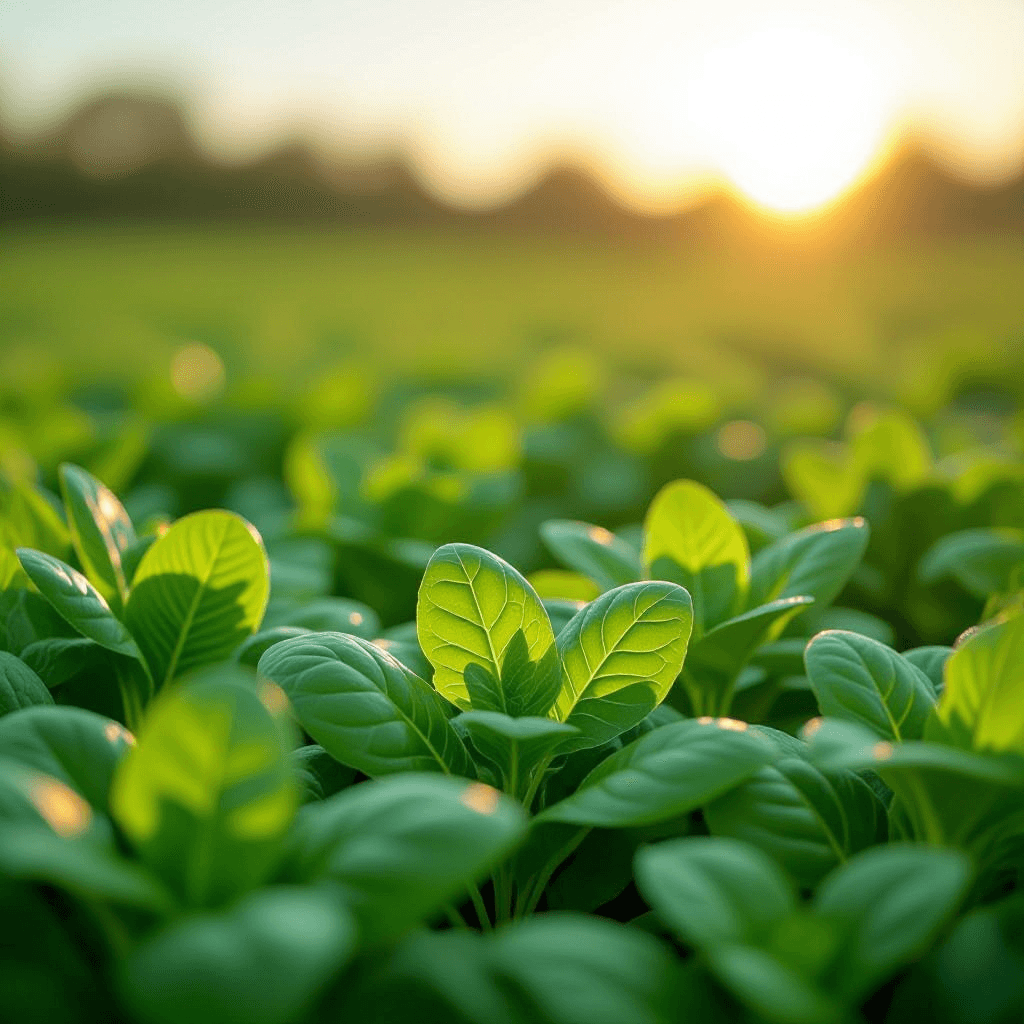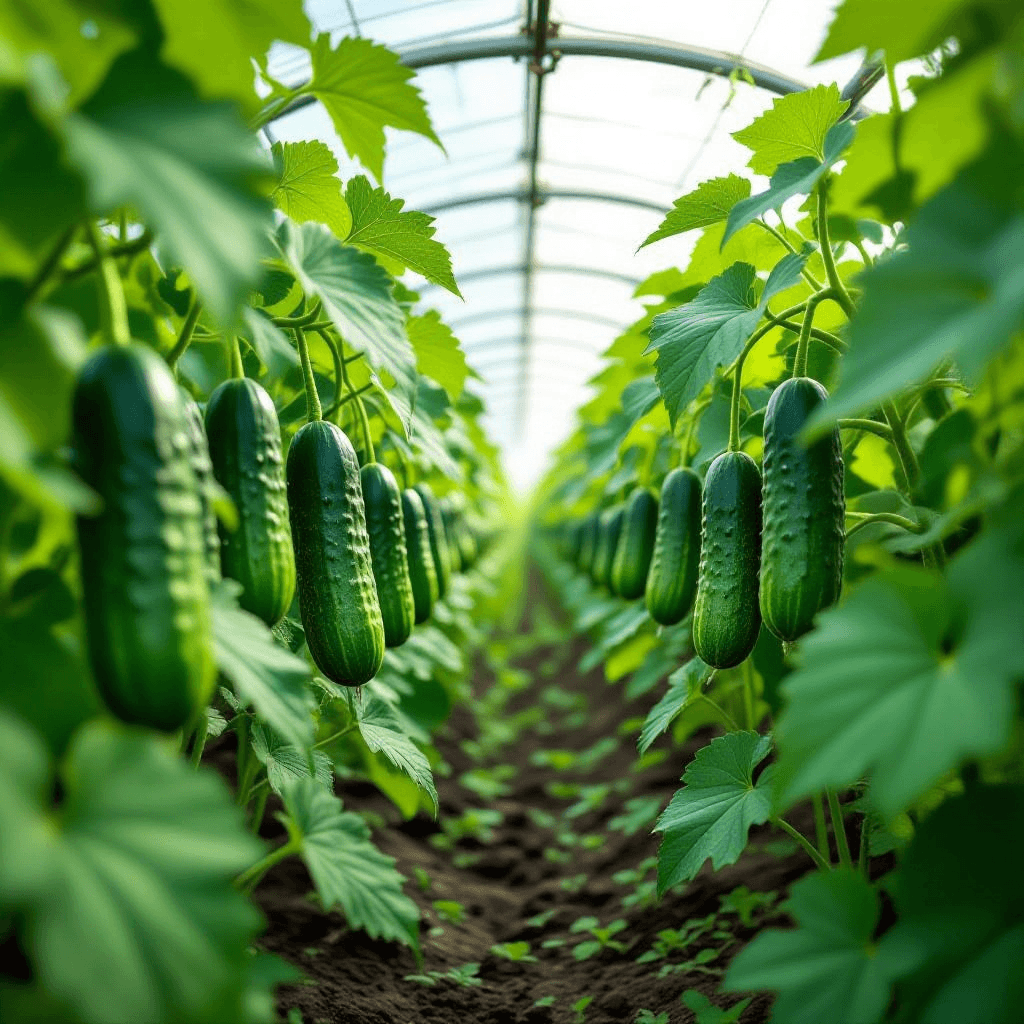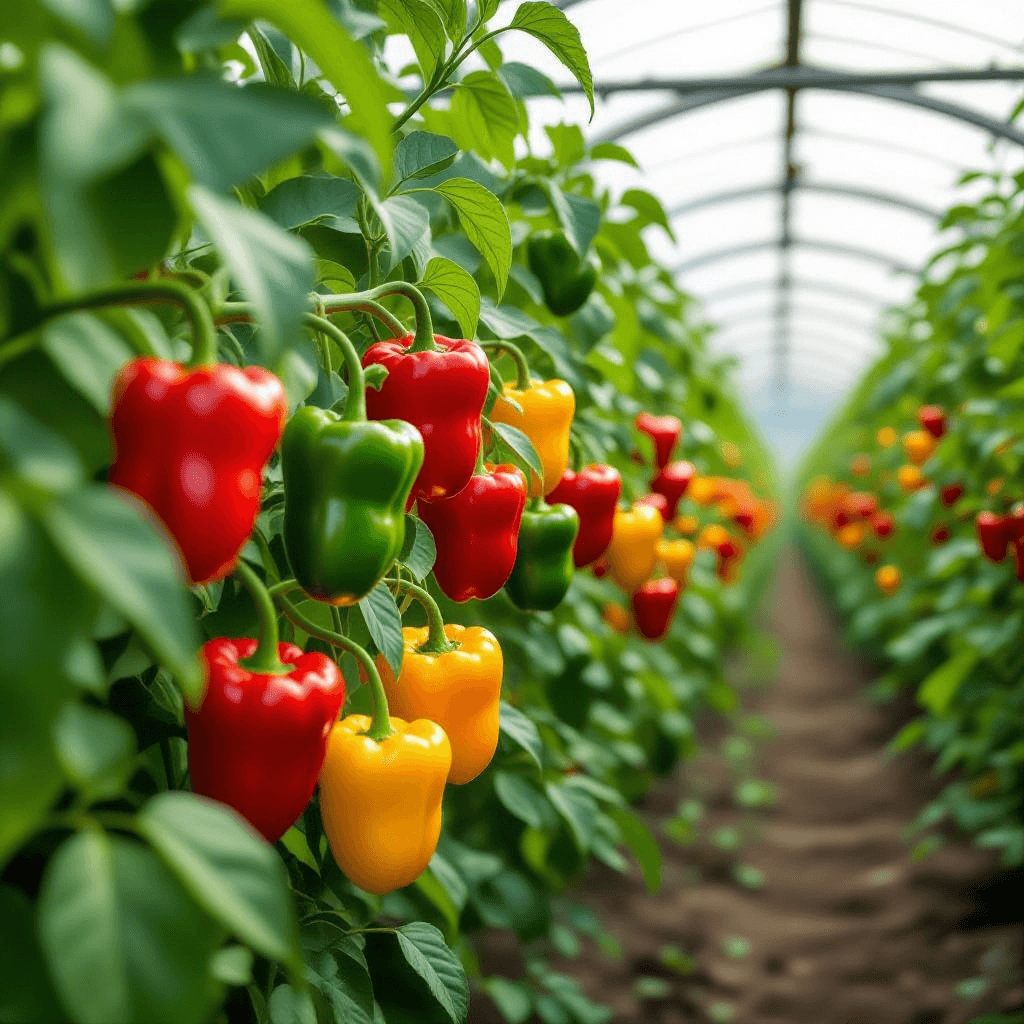Choosing the Right Leafy Greens for Your Garden
In the UK, the climate is well-suited for growing a variety of leafy greens, making it essential to choose types that not only thrive in the local conditions but also suit your flavor preferences and nutritional needs. Popular options include lettuce, kale, spinach, and other greens, each offering unique growing requirements and benefits.
Lettuce is one of the most widely cultivated leafy greens in the UK. It is especially favored for its crisp texture and mild flavor. Varieties such as Butterhead, Romaine, and Looseleaf can be planted in different seasons, allowing for a continuous harvest. Some varieties are tolerant of cooler temperatures, making them ideal for early spring or late autumn planting.
Kale, rich in vitamins A, C, and K, is another excellent option, known for its resilience to cooler weather. Varieties like Curly, Lacinato, and Red Russian are popular among gardeners due to their hardiness and ability to withstand frost, sometimes even tasting sweeter after a frost. This makes kale a versatile choice for autumn and winter cultivation.
Spinach, with its nutrient-dense leaves, is also well-adapted to the UK climate. It prefers cooler temperatures found during spring and autumn, offering a fast-growing option that can be harvested multiple times during a single growing season with the right care. Varieties like Savoy and Flat-Leaf are commonly grown for their differences in texture and flavor.
When selecting seeds or seedlings for your garden, it’s vital to consider not only your personal taste but also the nutritional profiles of the chosen greens. Look for organic sources that provide information on the specific varieties’ resilience to pests and diseases. This will ensure optimal growth while enhancing the sustainability of your garden.
Soil Preparation and Planting Techniques
Preparing the soil is an essential first step for cultivating healthy leafy greens in the UK. High-quality soil enriched with organic matter not only enhances growth but also supports the nutritional needs of various leafy green plants such as lettuce, kale, and spinach. The soil’s structure, texture, and nutrient availability directly impact the health and yield of the crops.
Before planting, it is crucial to assess the pH level of the soil. Leafy greens generally thrive in slightly acidic to neutral pH ranges of 6.0 to 7.0. Testing kits are readily available and can provide refreshments on the soil’s condition. If adjustments are necessary, sulfur can be added to lower the pH while lime helps to raise it. Alongside the pH, evaluating the drainage capabilities of your soil is vital. Heavy clay soils may require amendments such as sand or organic matter to improve drainage, while sandy soils may need additional compost to enhance water retention.
Enriching the soil with organic matter, such as well-rotted manure or compost, is highly beneficial. This process not only provides essential nutrients but also fosters beneficial microorganisms that contribute to a healthy soil ecosystem. It is advisable to integrate organic matter during the fall or early spring, allowing the soil to benefit from its nutrients before planting.
When it comes to planting techniques, maintaining appropriate spacing between plants is necessary to prevent overcrowding. For instance, lettuce should be spaced about 30cm apart, while kale may require a wider spacing of around 45cm. Planting depth also varies; generally, leafy green seeds should be sown at a depth of 1-2cm, depending on the variety. Companion planting can further enhance crop success, as certain plants can provide natural pest control and nutrient sharing, thereby creating a harmonious growing environment. Incorporating such techniques meticulously ensures a productive and thriving garden, yielding abundant leafy greens.
Care and Maintenance of Leafy Greens
Successfully growing leafy greens such as lettuce, kale, and spinach requires attention to various care and maintenance practices. One of the most critical aspects is ensuring they receive adequate water. Leafy greens thrive in consistently moist soil, but it is essential to avoid waterlogging, which can lead to root rot. A general guideline is to provide about an inch of water per week. During dry spells, increase watering frequency, particularly for young plants that are establishing roots.
Sunlight is another vital factor for the health of leafy greens. Most varieties prefer full sun, which means at least six hours of direct sunlight each day. However, in the height of summer, some plants may benefit from partial shade to prevent bolting, especially if temperatures soar. It is advisable to monitor the light conditions in your garden and adjust planting locations if necessary to ensure that each type of leafy green receives the ideal amount of sunlight.
Regularly inspecting your plants for pests and diseases is crucial for maintaining their health. Common pests include aphids, slugs, and snails, which can be controlled organically through methods such as introducing beneficial insects, using neem oil, or setting beer traps for slugs. Crop rotation plays a significant role in minimizing disease risk and pest buildup, so varying the locations of your greens can enhance soil health and improve yields over time.
As harvesting approaches, be mindful of seasonal tips that encourage prolonged growth. For instance, harvesting outer leaves of lettuce and kale allows the inner leaves to continue developing. Spinach can be harvested in stages as well. By following these care and maintenance guidelines, you will create a conducive environment for your leafy greens to flourish while minimizing the risk of common gardening challenges.
Harvesting and Storing Your Leafy Greens
Proper harvesting techniques are essential for ensuring that your leafy greens, such as lettuce, kale, and spinach, maintain their flavor and nutritional benefits. Timing plays a crucial role in this process. Generally, greens are best harvested in the morning when they are crisp and full of moisture. For leafy greens like lettuce, it is advisable to harvest them when they reach a mature size but before they flower, as this can cause bitterness. Kale can be harvested once the leaves are large enough to eat, typically around 6-8 inches tall, while spinach is best collected when the leaves are young and tender, usually around 4-6 inches in length.
When it comes to harvesting, there are a few techniques you can employ. For loose-leaf varieties of lettuce, gently pull the outer leaves while allowing the inner leaves to continue growing. This method encourages ongoing production. For head lettuces, use a sharp knife to cut the head at the base just above the soil line. Kale, on the other hand, can be harvested by snipping off the outer leaves, which encourages new growth from the center. Spinach can be harvested similarly by cutting the largest leaves at the base.
After harvesting, proper storage methods are necessary to prolong the freshness of your leafy greens. The best practice is to rinse the greens in cold water, making sure to remove any dirt or pests before drying them thoroughly. Store them in perforated plastic bags or a damp cloth in the refrigerator, which can help maintain humidity while also allowing airflow. For longer-term storage, consider blanching your greens before freezing; this process helps retain their color and nutrients. Alternatively, drying leafy greens can also provide a convenient method of preservation. By employing these techniques, you can enjoy your homegrown leafy greens longer, optimizing their taste and nutritional value.


